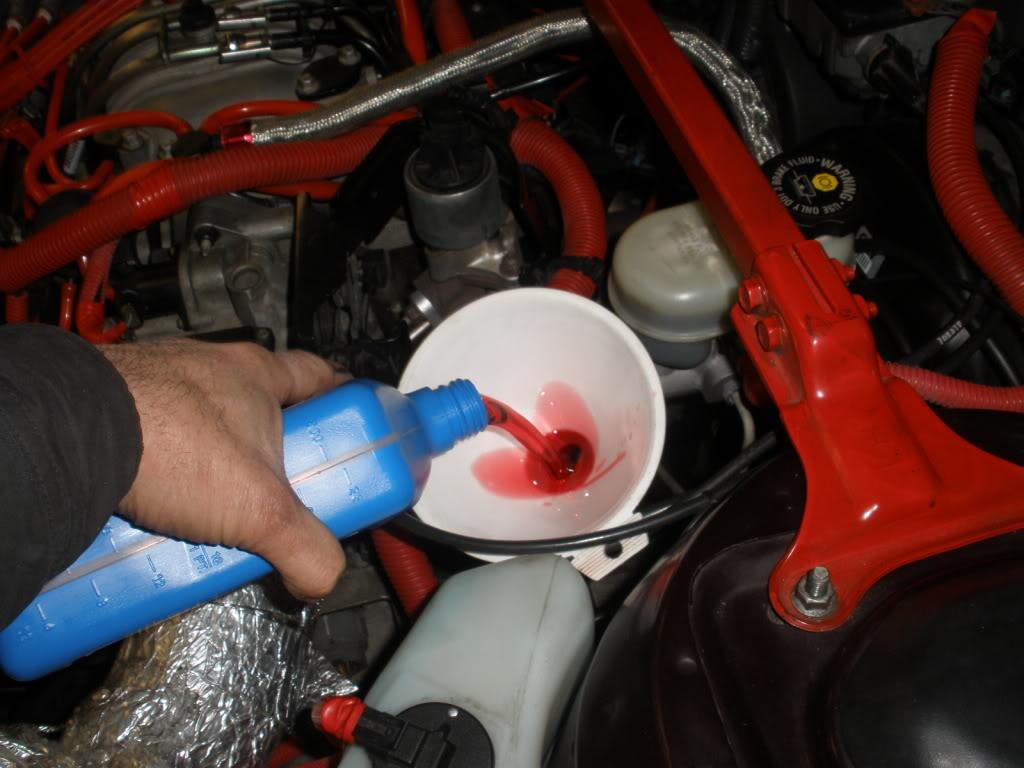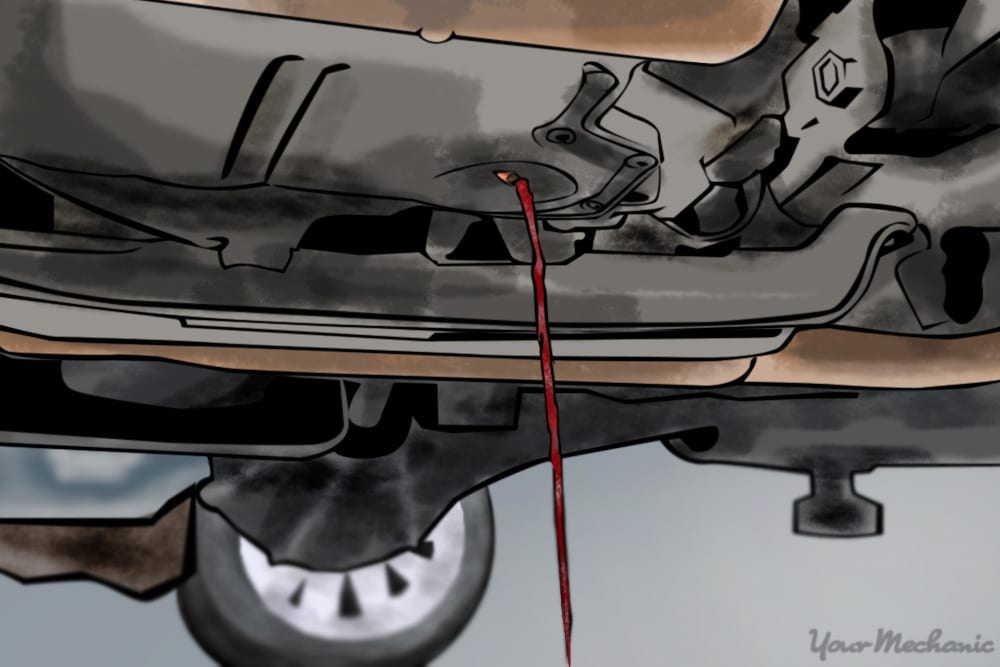Yes, manual cars have transmission fluid. It is essential for smooth gear shifts.
Manual transmission fluid helps lubricate and cool the gears. It plays a crucial role in the performance and longevity of your car’s transmission. Unlike automatic transmissions, manual transmissions use a different type of fluid, often referred to as gear oil.
This fluid is thicker and designed to handle the unique stresses of manual gearboxes. Knowing whether your manual car needs transmission fluid and how to maintain it can save you from costly repairs. In this blog, we will delve into the importance of transmission fluid in manual cars, how to check it, and tips for maintaining your vehicle’s health. Stay tuned to learn more.

Credit: carfromjapan.com
Manual Cars And Transmission Fluid
Manual cars use transmission fluid to lubricate gears and other moving parts. It ensures smooth shifting and reduces wear. Regular checks keep the transmission in good condition.
Introduction To Manual Transmissions
Manual transmissions are common in many cars. Drivers change gears using a clutch pedal and gear stick. This type of transmission is also called a stick shift. It gives more control to the driver. Manual cars are often preferred by driving enthusiasts.
Function Of Transmission Fluid
Transmission fluid is important in manual cars. It keeps the gears smooth. It also prevents wear and tear. The fluid reduces friction. This helps the car run better. It also cools the transmission. Without it, the car can get damaged. Regular checks are needed to keep the fluid at the right level.
Key Components Of Manual Transmissions
Manual transmissions use gears to change speed. Each gear has a different size. Big gears for low speeds. Small gears for high speeds. Synchronizers help gears fit together. They make gear changes smooth. Without them, gears would grind. This would cause damage. Synchronizers are very important. They protect the gears.
The clutch is a key part. It connects the engine to the transmission. Pressing the clutch pedal stops this connection. This lets you change gears. The clutch has a plate and a disc. The plate presses the disc to engage. This action transfers power. Clutch wear is common. So, regular checks are needed.
Types Of Transmission Fluids
Manual cars do use transmission fluid, but it differs from that in automatic cars. This fluid lubricates gears, ensuring smooth shifting and reducing wear.
Automatic Vs Manual Transmission Fluids
Automatic transmission fluid is usually red or green. It helps with shifting gears. Manual transmission fluid is thicker and usually golden or brown. Both types help to keep the gears moving smoothly. Automatic fluids have different additives compared to manual ones. These additives help with cooling and cleaning the transmission. Manual fluids focus more on lubrication and protection.
Lubricants And Oils
Lubricants and oils keep the transmission parts moving. They reduce friction and wear. Manual transmissions need special oils. These oils protect the metal parts. They also help to prevent rust and corrosion. Automatic transmissions use special fluids. These fluids help with shifting and cooling. Both types need regular checking and changing. This keeps the transmission working well.

Credit: www.yourmechanic.com
Role Of Transmission Fluid In Manual Cars
Transmission fluid in manual cars helps reduce friction between parts. This lubrication keeps gears moving smoothly. It also helps in heat management. The fluid absorbs heat from the gears. This helps prevent overheating. This ensures a longer lifespan of the transmission system. Without it, parts can wear out quickly. Regular checks are important.
Good transmission fluid makes shifting gears easier. It ensures smoother gear transitions. This enhances the driving experience. Old or low-quality fluid can make shifting hard. It can cause gears to stick. This can lead to gearbox damage. So, using the right fluid is key. Regular maintenance helps in keeping the fluid clean.
Signs Of Low Or Dirty Transmission Fluid
Manual cars typically use transmission fluid to lubricate and cool their gears. Signs of low or dirty fluid include grinding noises and difficulty shifting. Regular checks can prevent damage.
Unusual Noises
Manual cars can make strange sounds if fluid is low or dirty. You might hear a grinding noise. This happens when gears lack lubrication. Squeaking noises can also occur. These noises mean the transmission is not smooth. Clunking sounds are another sign. They indicate problems inside the transmission.
Difficulty In Shifting Gears
Shifting gears can become hard if fluid is low or dirty. Gears may stick or take longer to engage. This makes driving uncomfortable. You might feel a jerk when shifting. This is due to poor lubrication. Skipping gears can also happen. This is a sign of transmission trouble.

Credit: www.mistertransmission.com
How To Check Transmission Fluid
First, open the car hood. Find the dipstick near the engine. It usually has a bright handle. Check the car manual if unsure. Some manual cars may not have a dipstick. Look for a fill plug on the transmission instead.
Start the car and let it run. The engine should be warm. Pull out the dipstick. Wipe it clean with a cloth. Insert it back fully. Pull it out again. Check the fluid level. It should be between the marks. If low, add fluid. Use the correct type for your car.
Maintaining Transmission Fluid
Change the transmission fluid every 30,000 to 60,000 miles. This keeps the car running smoothly. If the car shifts roughly, it may need a fluid change. Check the owner’s manual for the exact mileage.
Check the fluid level regularly. Use the right type of fluid for your car. Clean the area around the dipstick before checking. This prevents dirt from entering.
Watch for leaks under the car. Leaks can cause problems. If you see fluid, visit a mechanic soon. Following these steps keeps the car in good shape.
Choosing The Right Transmission Fluid
Car makers know best. They design the parts. They test them. Follow their advice for the best results. Check your car’s manual. It will list the right fluid. Using the wrong fluid can damage your car. Always stick to the manufacturer’s choice.
Climate matters. Cold weather needs different fluid. Hot areas need another type. Driving style is important too. Racing cars need special fluid. Regular cars need standard fluid. Look at your car’s age. Older cars might need different fluid.
Conclusion
Manual cars do have transmission fluid. It’s vital for proper operation. Regular checks ensure your vehicle runs smoothly. Don’t ignore this small but crucial task. Keep your manual car’s transmission fluid in good condition. This helps extend the life of your vehicle.
Understanding your car’s needs is essential. Maintenance keeps you safe on the road. So, always remember to check and change the transmission fluid as needed. Your car will thank you. Stay informed and drive safely.
